14-tonne steam turbine rotor airfreighted to Sulzer’s service center for fast repair
150 MW generators provide power for around 100’000 homes so minimizing downtime is essential to keeping the lights on for the local population. For one power plant in the Philippines, the swift repair of a steam turbine rotor was essential, so it was airfreighted using one of the world’s largest cargo planes, to Sulzer’s service center in Indonesia, where the repairs were completed within eight weeks.
Steam turbines require constant monitoring to ensure they are delivering optimum performance and some of the most useful indicators are the vibration sensors used across the turbine. High-speed rotating equipment can be affected by a number of issues and many of them will cause increased vibration readings.
Rotor assessment
The steam turbine rotor in this case consisted of a high-intermediate pressure (HIP) section connected to the low pressure (LP) rotor, which together powered the 150 MW generator.
The power plant engineers were studying elevated vibration readings on one of the steam turbines. Further investigation revealed a severe crack in the coupling of the HIP rotor, which effectively condemned the rotor without immediate repair. In addition, there was damage to the coupling bolts’ holes of both HIP and LP rotors, which together suggested a possible alignment problem.
The power plant was faced with two options: to replace the cracked rotor with a new rotor or find a specialist with the expertise to complete an effective repair of the rotor.
A new rotor would take at least a year to arrive; engaging a specialist maintenance provider could see the turbine back in action much more quickly. Fortunately, Sulzer’s expertise was only a short flight away in neighboring Indonesia, where the experienced engineers could not only repair the coupling but also improve the rotor alignment and reduce stress levels within the coupling.
Flying start
Hepy Hanipa, Head of Turbo Services South East Asia, explains: “With time of the essence, both the HIP rotor and the LP rotor were loaded onto Antonov cargo planes and shipped to our facility in Purwakarta. Here, an initial inspection confirmed that the coupling was no longer operational and would need to be repaired.”
Having removed the original coupling, Sulzer engineers used reverse engineering techniques to recreate a 3-dimensional drawing of the part and apply stress analysis to ensure a flawless design. The coupling, which connects the HIP rotor to the LP rotor, must be manufactured to very tight tolerances to ensure perfect alignment of the complete rotor shaft.
The process of repairing the coupling involves gradually building up material using an automated submerged-arc welding process. Once complete, and having passed non-destructive examinations (NDE), the residual stresses caused by the welding process were removed by post weld heat treatment and the machining process of the repaired coupling could begin. Using a large precision lathe, Sulzer established the exact dimensions of the original coupling, ready for the machining of the bolt holes. These were completed along with the holes in the LP rotor coupling flange that also needed to be repaired.
The calculations for the alignment were made along with a simulation of the rotor alignment that took into consideration the thermal growth of the rotor train during operation. The original alignment had been suspected as one of the contributors to the damage to the rotor, so the new calculations were implemented by Sulzer engineers in the field, making adjustments to the bearing pedestals.
Perfect balance
In the meantime, with all of the machining operations complete, the two rotors were dynamically balanced in house to ensure optimum performance once they were installed. Dynamic balancing is done at relatively low speeds, so in most cases, some minor adjustments, known as trim balancing, are required once the rotor is installed and able to operate at higher speeds.
In all, the workshop operations were completed within eight weeks, after which the rotors were carefully packaged and airfreighted back to the Philippines to minimize the overall project duration. The protective shipping containers were slightly modified by Sulzer to ensure they would fit into the aircraft, preventing any delays in the process.
The use of airfreight to transport turbine rotors is not a new concept; Sulzer has been involved in similar projects in the past, and this experience ensures that both the repair process and the logistics are handled very efficiently.
Hepy concludes: “Sulzer’s field team was onsite to assist with installation and commissioning prior to hand-over to the customer. While everyone involved with the project expected the rotor to need some trim balancing, in fact none was required, and the turbine achieved a full 72-hour period of initial operation without any incidents. Since then, the vibration levels have been monitored continuously during operation and no anomalies have occurred.”
About Sulzer:
Sulzer, headquartered in Winterthur, Switzerland, since 1834, specializes in pumping solutions, services for rotating equipment, and separation, mixing, and application technology. Sulzer provides cutting-edge maintenance and service solutions for rotating equipment dedicated to improving customers’ processes and business performance. When pumps, turbines, compressors, generators, and motors are essential to operations, Sulzer offers technically advanced and innovative solutions. The company creates reliable and sustainable solutions for its markets: oil and gas, power, water, and general industry. Sulzer serves customers around the world through a network of over 180 production and service sites, and it has a strong footprint in emerging markets. In 2016, the company achieved sales of roughly CHF 2.9 billion with around 14 000 employees. www.sulzer.com.


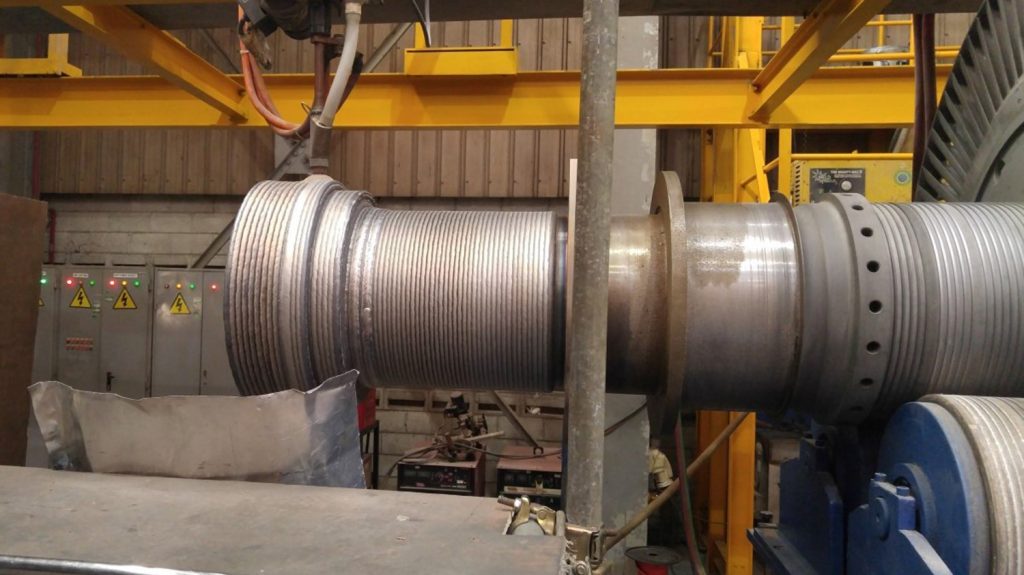
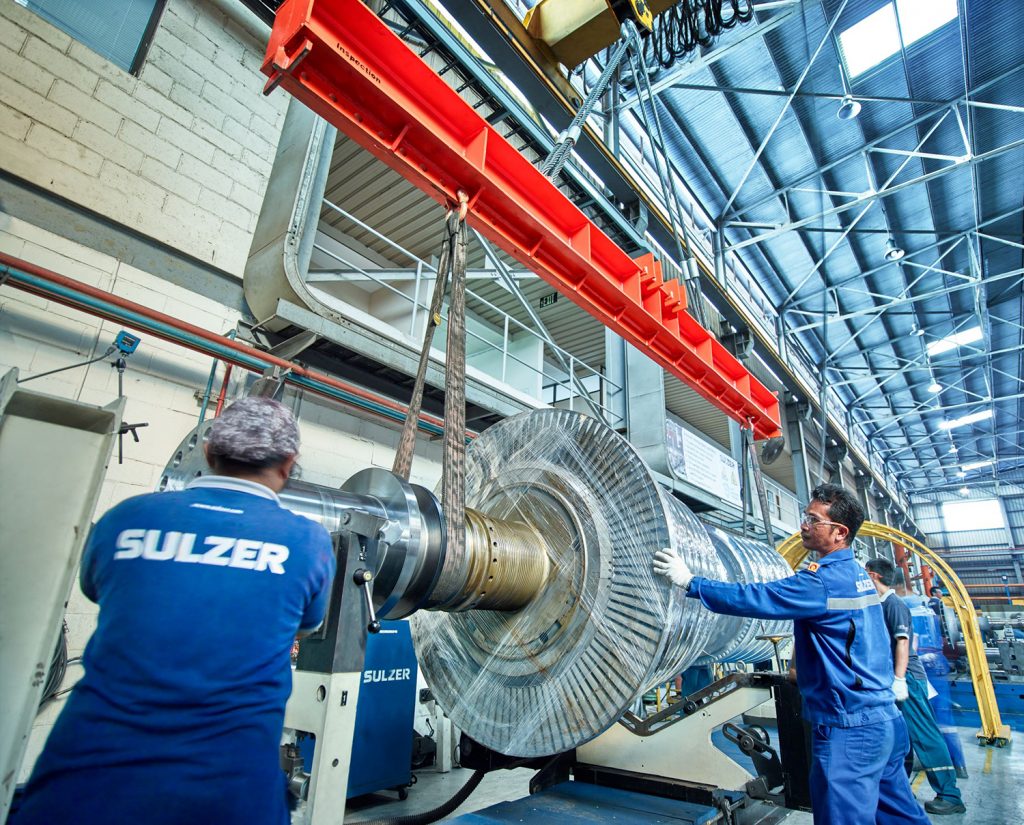
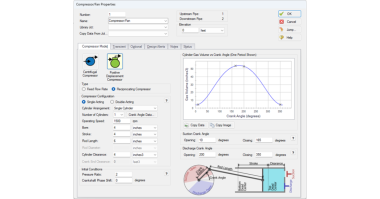
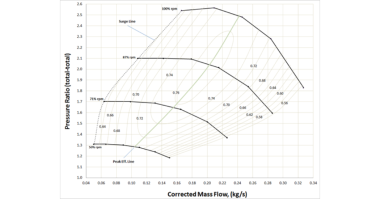
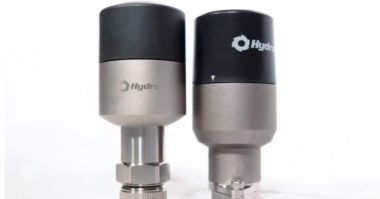
Comments